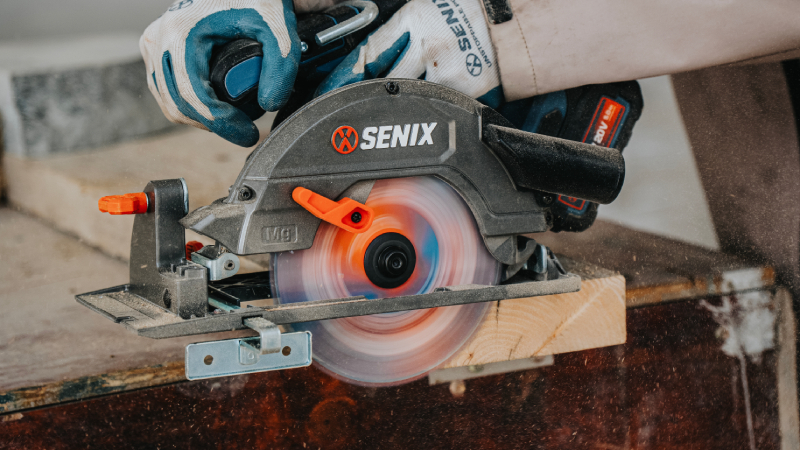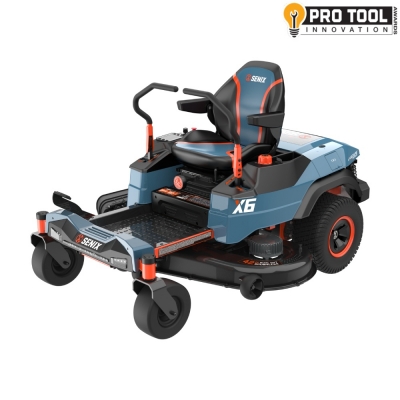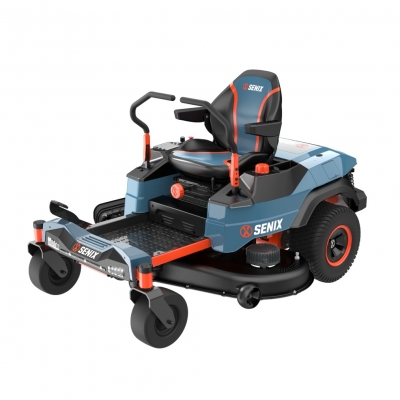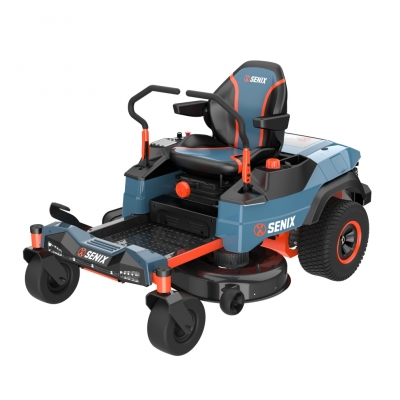The Ultimate Woodworking Tool List: 8 Essentials for Every Builder
Circular Saw: A Portable Cutting Workhorse
No table saw? No problem. A circular saw, combined with a straight-edge guide or clamp-on level, is ideal for breaking down plywood or cutting long boards. For safe cuts, set the blade just a quarter-inch deeper than the material thickness and work on top of rigid foam or a sacrificial surface.
Need to rip a narrow board? Clamp a 2x4 parallel to your cut line for an instant guide. And always stand slightly off to the side to avoid danger in case of kickback.

Miter Saw: Accurate Cuts at Any Angle
If you plan to make furniture, frames, shelves, or trim, a miter saw will be your new best friend. It's built for making fast, consistent crosscuts and angled cuts. Use a backup board behind your cut to prevent tear-out, and consider taping a thin piece of board to the fence for a zero-clearance effect—this keeps small offcuts from getting trapped.
Even an affordable 10-inch miter saw will handle most cuts with ease, and it's a much safer and more efficient way to get accurate joints than using a handheld saw.
Random Orbital Sander: Your Finish's Best Friend
Once the build is done, it's sanding time. And nothing beats a random orbital sander for smoothing wood surfaces quickly without leaving swirl marks. You'll want to follow a grit progression—start around 80 for rough wood, move to 120 or 150 for general sanding, and finish at 220+ for final prep.
Keep the sander moving while you work—lingering in one spot can create dips. And if your sanding discs keep clogging up, a $5 cleaning stick can make them last much longer.
Jig saw: Creative Curves and Custom Cuts
Straight cuts are great, but sometimes you need to get artistic. That's where a jig saw shines. It's the tool you'll use for curved cuts, scrollwork, or even cutting out holes in countertops or cabinet backs.
With a steady hand and the right blade, you can easily cut clean circles or unique shapes. Pro tip: screw a piece of scrap plywood to the base and use it like a homemade compass for perfect arcs. Want cleaner results? Stick some painter's tape on the shoe to avoid scuffing delicate surfaces.
Drill & Impact Driver Combo: Fastening Made Easy
From pre-drilling holes to driving deck screws, a cordless drill is a must. For more torque or tougher jobs—like screwing into hardwood or installing lag bolts—an impact driver makes a big difference. They're usually sold as a combo and use the same batteries, which keeps things simple and affordable.
Tip: don't skip pilot holes, especially in hardwoods. It saves your material from splitting and your screws from stripping.
Electric Planer: Reclaim and Refine Rough Lumber
A thickness planer is what turns rough-sawn boards into smooth, even stock ready for finishing. It's especially useful if you're using reclaimed wood or trying to get consistent thickness across all your pieces. Start with light passes to avoid tear-out, and always feed the cupped side of warped boards facing down for better stability.
To avoid snipe—those annoying dips at the start or end of the board—feed a scrap board before and after your main workpiece, or support long boards with roller stands.
Electric Router: Edge Details, Grooves & Joinery Workhorse
A router is one of the most versatile tools in any woodshop. Beyond trimming and decorative edges, it's great for cutting clean grooves, making perfect dados, or creating slots for inlays. For example, setting your depth to just half the plywood thickness and making two smooth passes can give you a flawless shelf groove.
To keep things tidy, hook up a small shop vac to the dust port—it makes a noticeable difference in keeping your workspace clean. If you're getting burn marks on the edges, try feeding the router a bit faster or reducing the cut depth. That's often a sign of too much friction from slow movement or dull bits.
Clamps: Quiet Heroes of Woodworking
No matter how fancy your power tools are, nothing beats a good set of clamps. They hold your work together during glue-ups, help you position parts precisely, and act as extra hands when assembling. You'll want a mix of bar clamps, F-clamps, and corner clamps to cover most projects.
Want to avoid bowing during panel glue-ups? Use cauls—just slightly curved 2x4s clamped across the workpiece to keep everything flat and aligned.
Final Thoughts
Sometimes it can be overwhelming to see the long list of tools on a "woodworking tool list," but you don't need to own every tool on the list. You just need a few solid core tools that can handle most cutting, fastening, shaping, and finishing jobs. SENIX provides quality, reliable power tools for woodworking DIYers and workers. So keep your blades sharp, measure carefully, and never underestimate the value of a well-placed clamp. You can tackle nearly any project, and you might even be surprised at what you can accomplish. Now go dust off your workbench and let the sawdust fly!



 (5.0)
(5.0)
